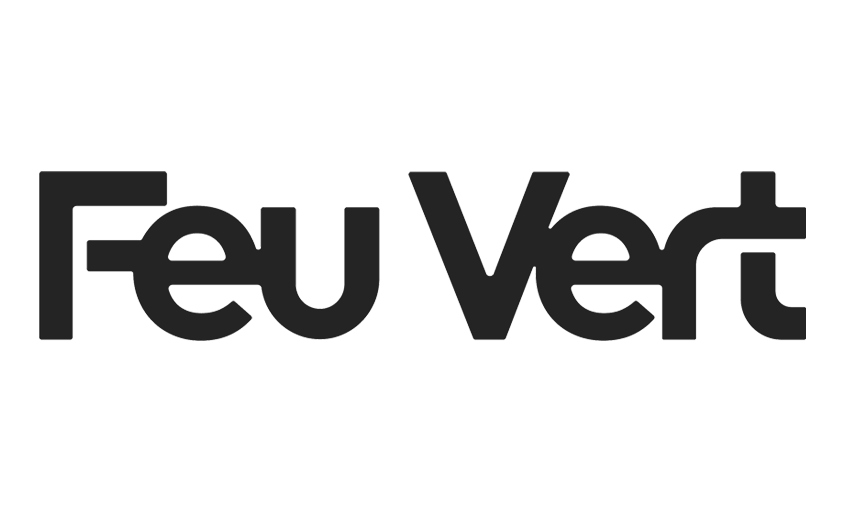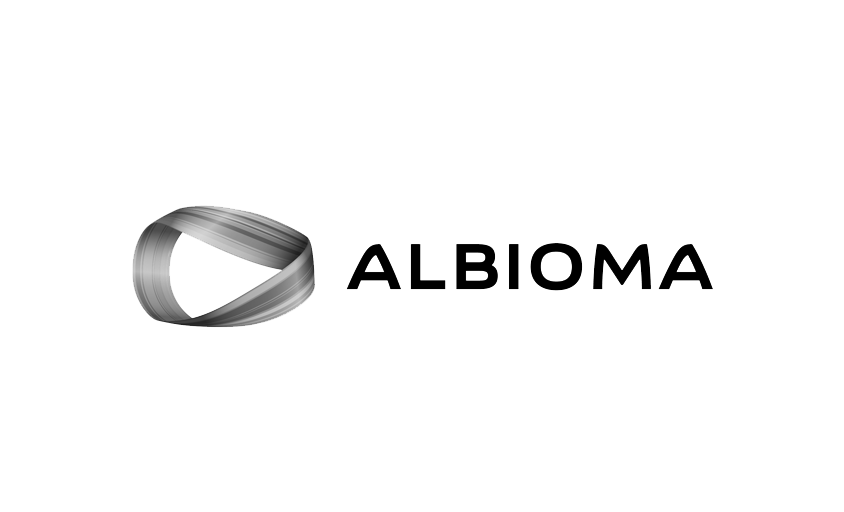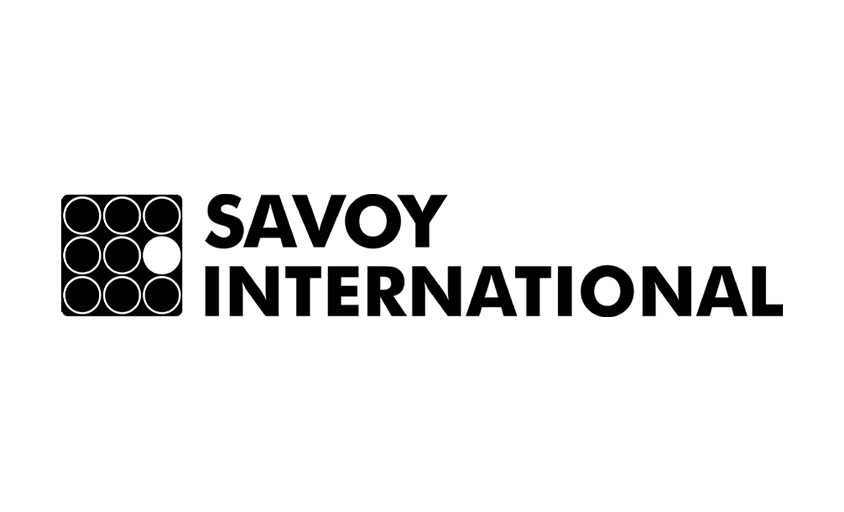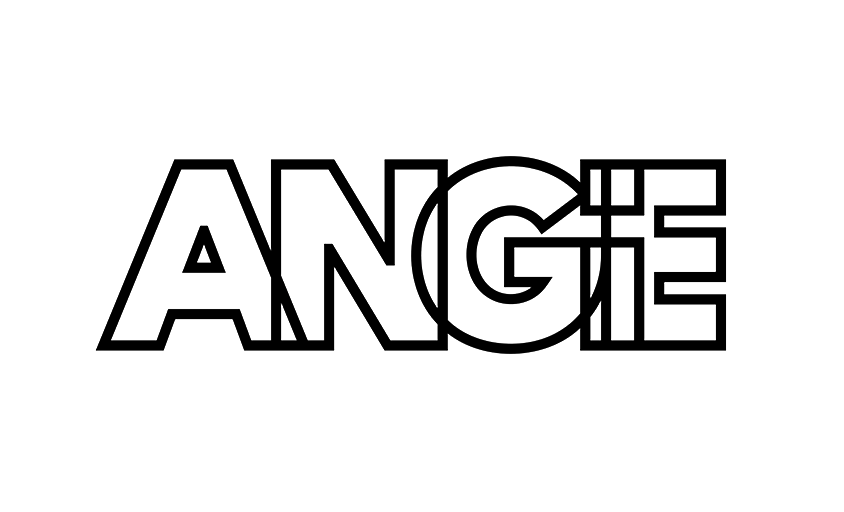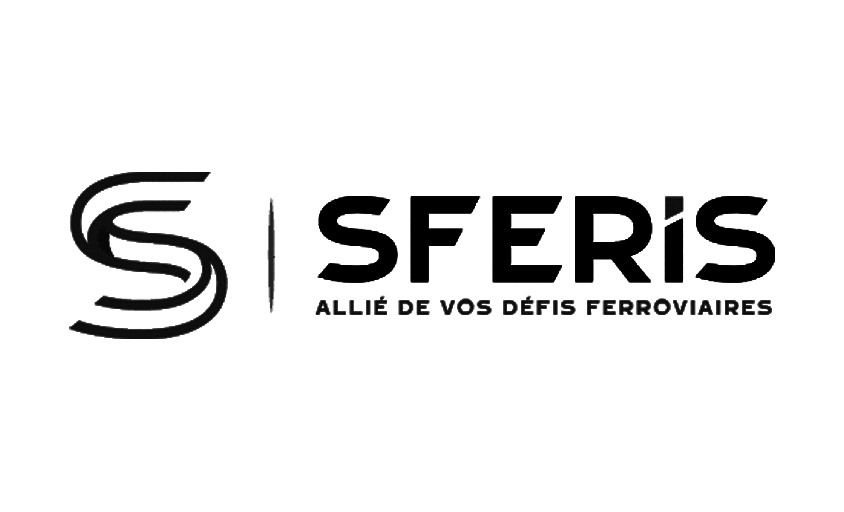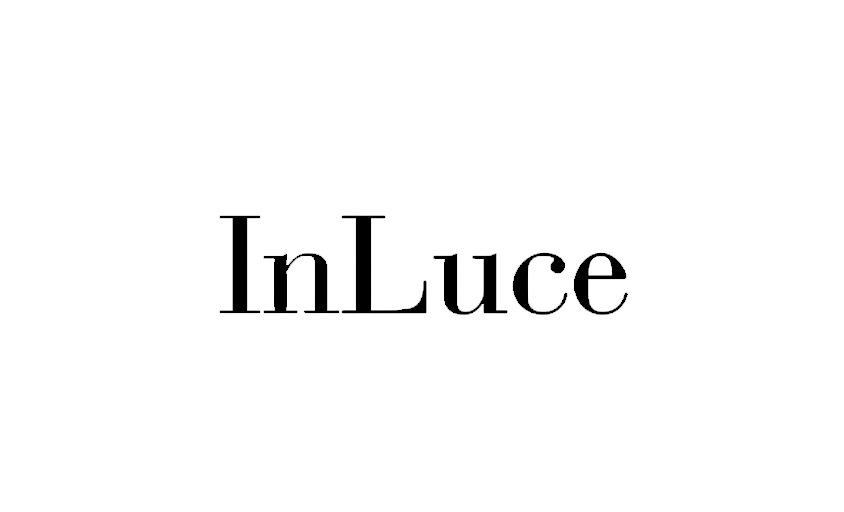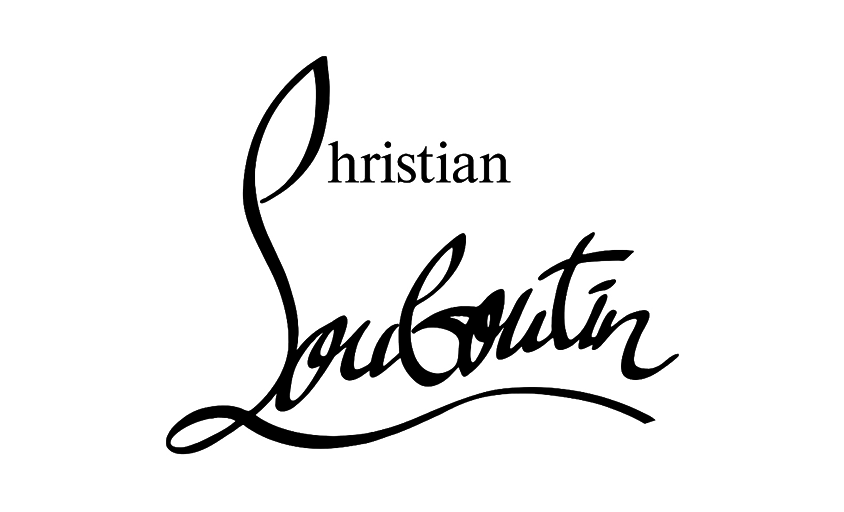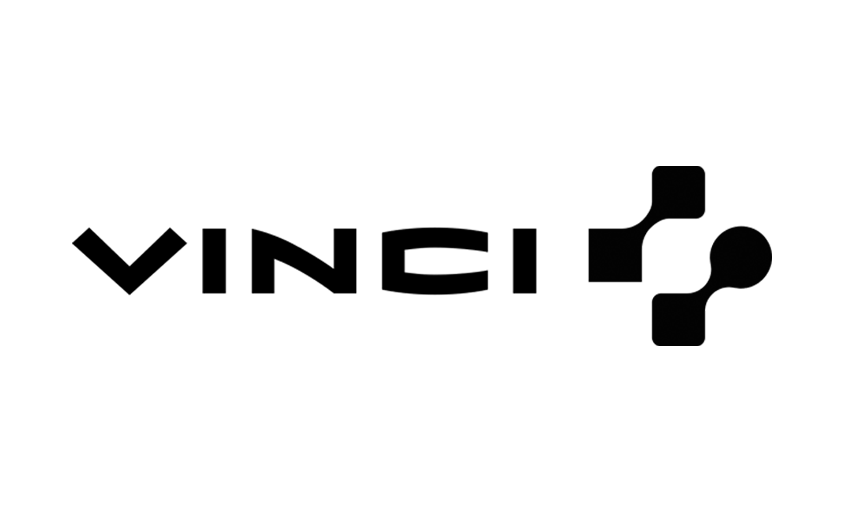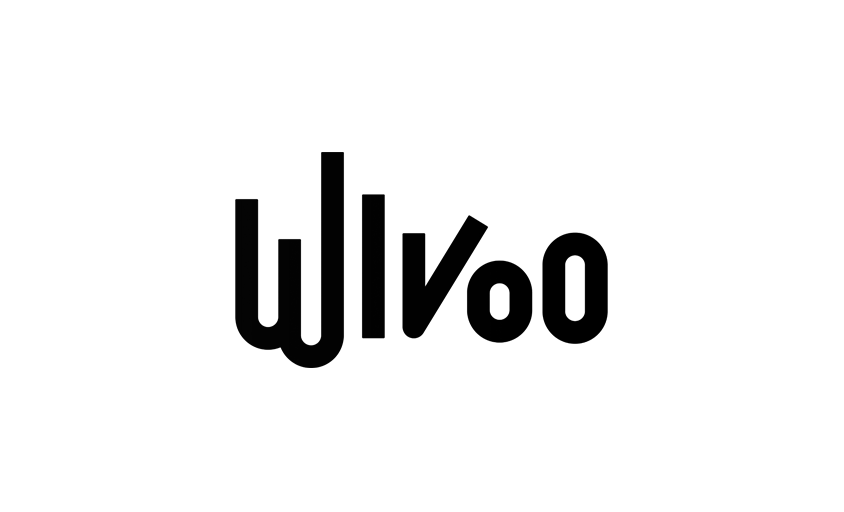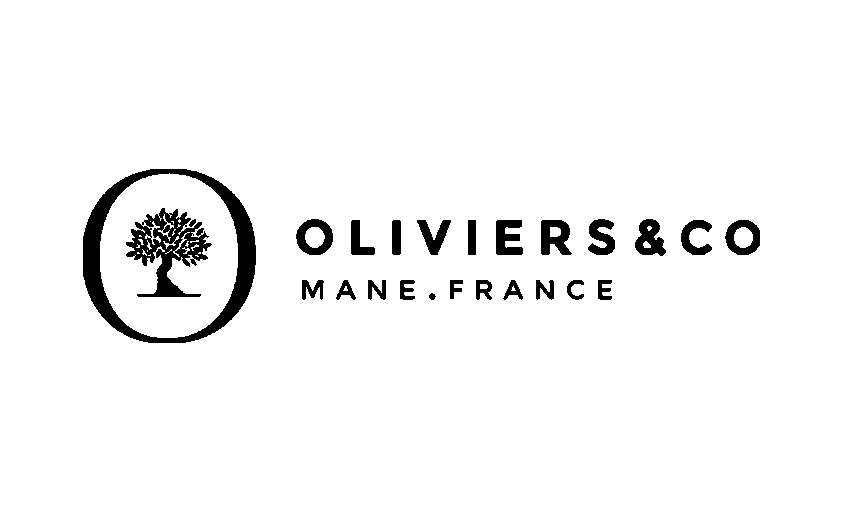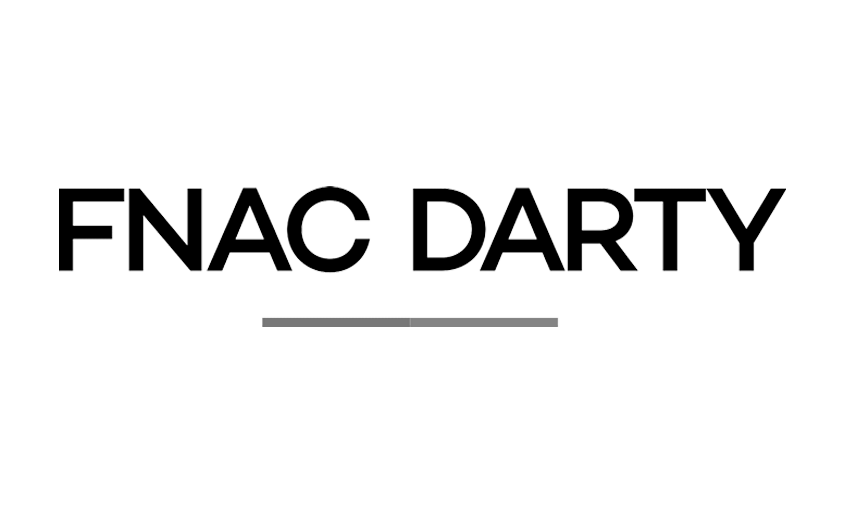Raisin paper size
In this article :
The Raisin paper size, with its generous dimensions of 50 x 65 cm, is a benchmark in the world of printing and visual creation. Valued for its ample surface, it perfectly suits professionals seeking to make a bold impression, whether through graphic artwork or as a backdrop in photography. This versatility makes the Raisin paper size an essential tool for photographers, serving as a reliable ally for producing visuals that are both precise and captivating.
Origin of the Name “Raisin”
During the Ancien Régime, each papermaker marked their sheets with a distinctive watermark; for the 50 × 65 cm size, the symbol used was… a bunch of grapes. The term stuck and was eventually formalized by AFNOR in the French standard NF Q 02-000.
Exact Dimensions of the Raisin Paper Size
- 50 × 65 cm (500 × 650 mm)
- 19.7 × 25.6 in for English-speaking readers
- Surface area: 0.325 m² — equivalent to half an A1 or roughly 1.7 times an A3
- Ratio: 1 : 1.30 – convenient for framing a portrait in either landscape or portrait orientation
This format offers enough space for wide-angle visuals while still fitting on a standard studio table.
Raisin Paper Size
The Raisin paper size is often chosen for its ability to unlock creative potential. Its ample surface allows for detailed work without feeling constrained, offering an almost unlimited freedom of expression. For artists, designers, and photographers, working on a medium of this size means the ability to explore fine details, complex compositions, or even expansive landscapes with uncompromising clarity and intensity.
[table id=10 /]An Ideal Backdrop for Photography
In the field of professional photography, the Raisin format finds an innovative use as a backdrop. Its size is particularly well-suited for portraits or small set designs, where controlling the setting is crucial for the final visual impact. Used as a background, it allows the creation of a wide range of atmospheres, from clean minimalism to elaborate sets, offering a blank canvas upon which photographers can project their creative visions.
[table id=11 /]Advantages of the Raisin Paper Size
One of the main advantages of the Raisin format lies in its ability to combine print quality with adaptability. Whether used for art prints, posters, or as a backdrop in photography, this format ensures faithful reproduction of colors and details—essential for capturing the viewer’s eye. For an agency like Rétines, it represents a significant added value, enabling the delivery of visual solutions where excellence and originality take center stage.
[table id=12 /]Best Practices for Printing, Cutting & Archiving
- 3 mm Bleed: Essential for full-page posters.
- Appropriate ICC Profile: On matte-coated paper, increase contrast by +8 to +10% to compensate for ink absorption.
- Rotary Cutter over Lever Guillotine: Ensures clean cuts without torn fibers.
- Flat Storage: Use a flat file drawer or large archival box; if humidity >55%, include a silica gel packet.
- Eco Option: Choose 100% recycled paper (90 to 325 gsm); same whiteness, reduced carbon footprint.
FAQ – Raisin Paper Size
- Is Raisin size standardized?
Yes: NF Q 02-000 defines 50 × 65 cm as the reference. - Why not a √2 ratio like A-series formats?
“Fine art” formats predate ISO 216; the 1:1.30 ratio was more practical for 18th-century manual paper-making machines. - How to scan a Raisin-sized artwork at 600 dpi?
Either use a flatbed A1 scanner, or scan in two overlapping A2 passes with a 2 cm overlap, then stitch digitally. - What paper for a non-reflective photo background?
Use 150 gsm matte-coated paper, pre-warmed to 5° to prevent mirror-like glare under raking light. - Can I roll Raisin paper?
If the paper is over 240 gsm, avoid it, fiber memory can cause curling that’s hard to flatten.
Jérémy Carlo is the editorial director at Rétines, where he ensures the consistency and clarity of all content produced by the studio.
Our Clients
Let’s discuss
What we do for you at Rétines
Meticulous work, an organised project and fast delivery. And to achieve this, we mobilise the right resources in our teams at the right time.
01
Pre-production
Artistic and technical direction tailored to the project.
Relevant recommendations on content, form and resources.
02
Photo Shooting
Photos taken by our experienced photographers.
Production that’s controlled, efficient and tailored to the needs of the project, with nothing superfluous.
03
Retouching
Technique
Photographs magnified by our retouching team.
Post-production to meet the commercial challenges of the brief.

